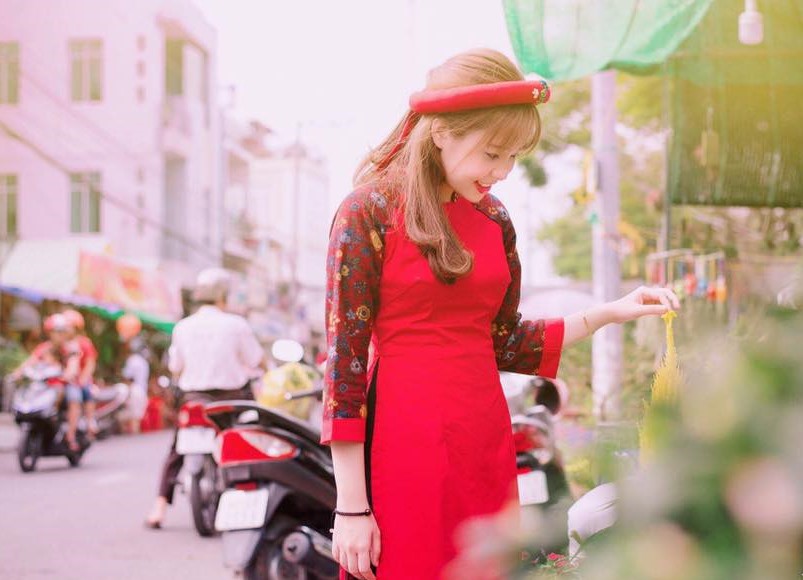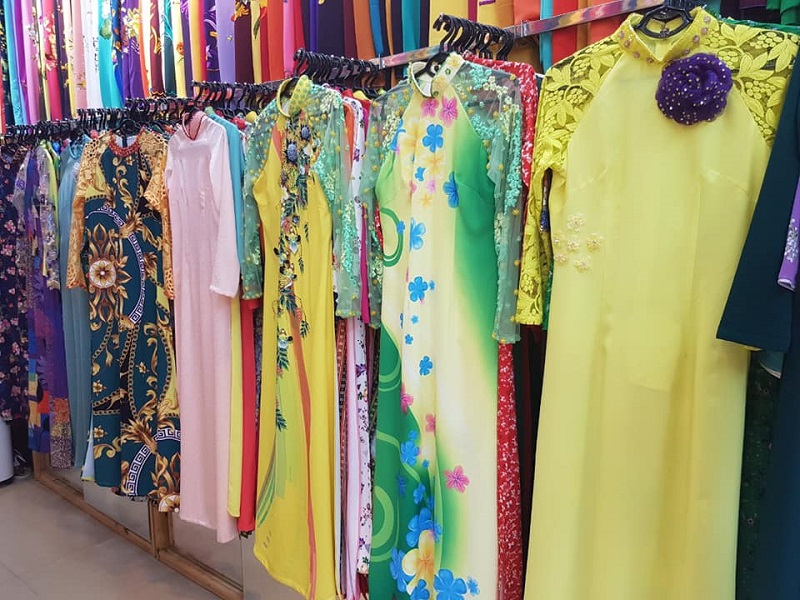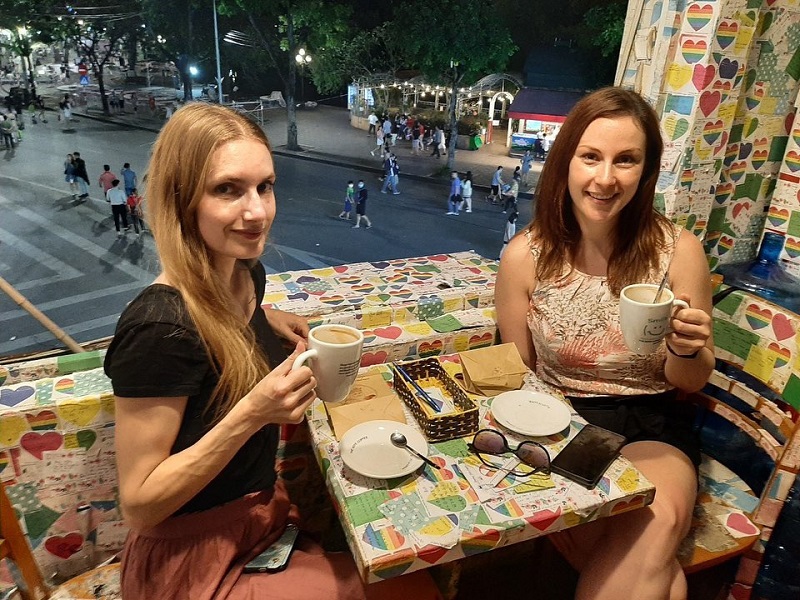Tales of Hanoi Streets: Luong Van Can Street - historical landmark, children and women's paradise
The long narrow Luong Van Can Street has long been known as one of special historical-cultural significance to all Hanoians.
Situated some meters away from Hanoi’s iconic Hoan Kiem Lake, Luong Van Can is also considered as one of the two largest toy kingdoms in Hanoi, besides Hang Ma Street.
The vivid history
| Luong Van Can Street in the old days. |
Back in the 1930s, a direct road linking Hang Quat Street and Hoan Kiem Lake was built as part of Le Quy Don Street, which stretched 300 meters from Hang Bo Street to Le Thai To Street. After the 1954 milestone (the year when Hanoi was liberated from French occupation), Le Quy Don Street was renamed Luong Van Can Street.
Luong Van Can (1854 - 1927), alias On Nhu, was a strong-willed Vietnamese scholar from Nhi Khe Village, Thuong Tin District, Ha Tay Province, now within Hanoi. In 1874, he passed the Huong exam, or inter-provincial Confucian exam, and later a member of the Hanoi Municipal Council by the French colonialists. However, he refused both appointments and instead opened in his hometown a school.
In March 1907, together with a number of patriotic Confucianists, Luong Van Can established Dong Kinh Nghia Thuc (Tonkin Free School) and was elected as the principal. The school aimed to modernize Vietnamese society by abandoning Confucianism and adopting new ideas from the West and Japan, as well as to support patriotic movements led by such nationalists like Phan Boi Chau and Phan Chu Trinh.
After operating legally for several months, the school was closed down in November. In 1913, the French blamed the bombing of Hanoi Hotel on the school leaders and arrested them. Luong Van Can was expelled to Nam Vang or today’s Phnom Penh, Cambodia, before being released in 1921. He passed away six years later at house No.4 Hang Dao Street, after reminding his children to keep the national quintessence as well as avenge the national humiliation.
Luong Van Can Street- watercolor painting by Phong Hoang. |
Ideal cultural, historical, and travel destinations
Not only being famous for its long history associated with Hanoi, Luong Van Can Street also is home to many interesting cultural destinations for the capital's residents as well as international visitors.
Nowadays, the base of Dong Kinh Nghia Thuc can be found at houses No.10 Hang Dao Street and No.17 Luong Van Can Street. Nearby at house No.6A Luong Van Can Street lies Xuan Yen Temple, devoted to Lady Nguyen Quan. At the junction of Luong Van Can and Hang Quat streets also sits Xuan Phien Thi Communal House of Dao Xa villagers from An Thi District, Hung Yen Province. ‘Xuan Phien Thi’ means ‘Spring Handheld Fan Market’ - the area used to be full of merchants from other localities at every hand fan fair.
Walking dozens of meters from Xuan Yen Communal House and you will reach Thong Sang’s house, which was once Kinh Ky Hi Vien (Metropolis Playhouse) - the first Hat Tuong (classical Vietnamese opera) theater of Hanoi, founded in 1910. And at 31-33 Luong Van Can Street, you will see Thang Long Theater - formerly Ciné Tonkinois, the first cinema in the city and specializing in detective movies.
| Conjunction of Hang Gai and Luong Van Can Street in the 1990s. File Photo |
Relics aside, coming to the street today, visitors will feel overwhelmed by the glittery toy kiosks lining both sides of the road. Vietnamese traditional toys, Chinese import toys, Lego sets, robots, battery-powered vehicles, dolls, everything. It’s like the sky above, toys below.
Children’s toys and Ao dai are sold on Luong Van Can Street
Generations of Hanoian kids have counted the days until their birthdays, International Children's Day, Mid-Autumn Festival, or Christmas. Why? Simply because on such occasions, their parents take them to the long-awaited dreamland called Luong Van Can Street and buy them toys - their new buddies and new worlds! Meanwhile, bustling scenes and traffic jams are friends with this place.
Luong Van Can Street is a paradise not only for playful children but also for mothers and sisters, as it is lined with Ao dai (Vietnamese traditional long dress) tailor shops.
| Luong Van Can is also a renowned street for children's toys in Hanoi. Photo: Me Boi |
Legend has it that during the reign of King Dinh Tien Hoang in the 10th century, the Fourth Queen - Nguyen Thi Sen - was a clever and ingenious woman. She herself designed and made costumes for members of the royal family, as well as trained a staff of skilled tailors in the imperial palace. After the king’s death, she returned to her hometown in Trach Xa Village now in Ung Hoa District, Hanoi, and taught the handicraft to the villagers, becoming the godmother of tailoring here.
Notable artisans from the village include Ta Van Khuat, who, at the age of 30, made costumes for Emperor Bao Dai and Empress Nam Phuong, despite the fact that he was only allowed to take their measurements from a distance!
However, it was Ly Khoan, alias Pho Dui, meaning ‘The Awl-Using Craftsman’, the first villager of Trach Xa to open a tailor shop in the capital, named My Trach and located at no. 6B Luong Van Can Street. Since then, other shops sprang up all over the street: An Trach, Binh Trach, Dong Trach, Hung Trach, Phuc Trach, and Hung Trach, among others. The word ‘Trach’ comes from Trach Xa Village’s brand of dressmaking.
| Vinh Trach Ao dai shop in Luong Van Can Street. Photo: Ao dai Vinh Trach |
Nowadays, to suit the tastes of the younger generation, a series of modern Ao dai tailor shops have appeared with such names as Bao Thanh, Ha Cuc, or Phuong Thao. On the same street as well as the neighboring Hang Bo Street, there are now many stores selling garment tools, fabrics of all kinds, and colors, which match vibrant toys around really well.
Regarding street food, in the middle of Luong Van Can Street, on the even-numbered side is a row of Banh bao or steamed bun stalls especially busy in the evening. Meanwhile, on the odd-numbered side are shops selling various types of noodles and dumpling wrappers. The street also intersects Hang Hanh Alley, a place with lots of cafes and small hotels.
With the stories and products on offer, Luong Van Can Street is an ideal destination for tourists to the city of Hanoi, especially families, female visitors, and cultural history buffs.
| The Note Coffee in Luong Van Can Street. Photo courtesy of the Cafe. |

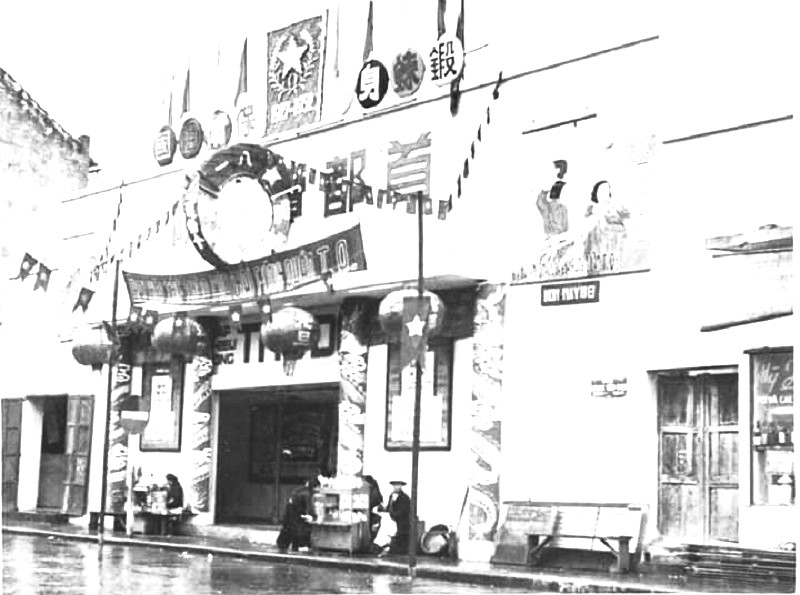
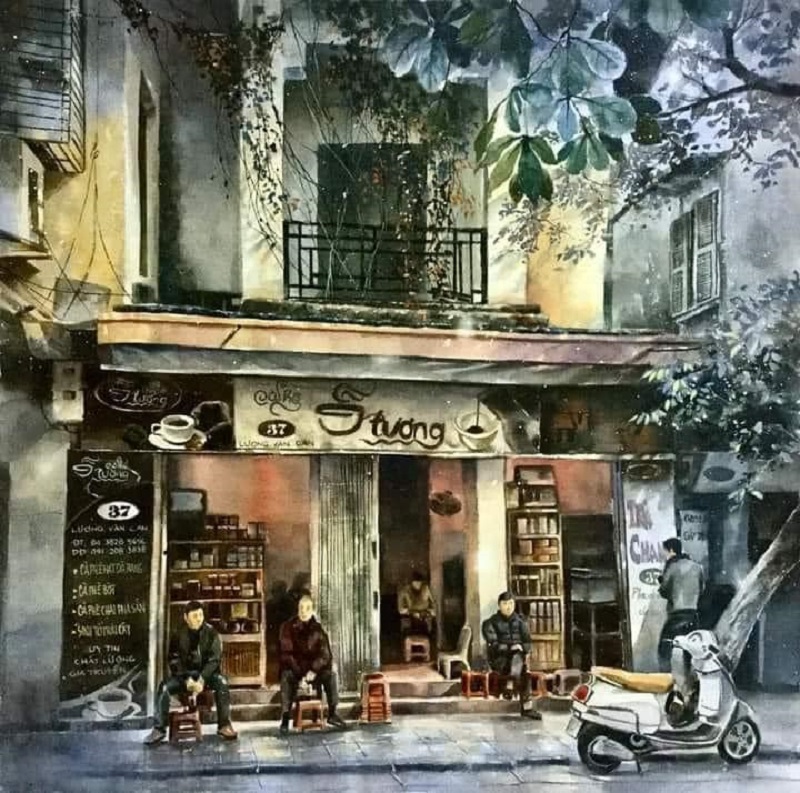
.jpg)
